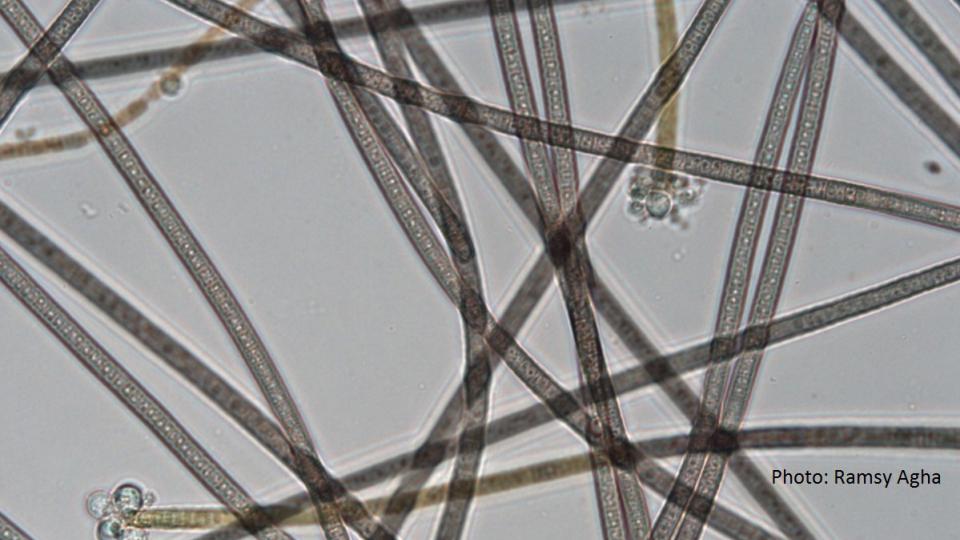Integrating fungal parasites into plankton ecology
Short profile
Duration
The recent discovery of a so-far disregarded diversity of abundant fungal (chytrid) parasites of phytoplankton is challenging our understanding of how aquatic ecosystems function. By combining physiological, ecological and evolutionary approaches, this project aims at disentangling the role of chytrids in aquatic food webs and the overall functioning of the ecosystem.
In the initial phase of this project, we focused on identifying the most pressing needs and propose future steps to advance chytrid research (Frenken et al. 2017).
The project is structured around three main lines of investigation:
Contribution of chytrid epidemics to the decline of phytoplankton blooms and trophic bridging between primary and secondary production
Chytrid infection is lethal and can impose strong control on phytoplankton populations. In addition, chytrids serve as food for zooplankton consumers, together with their usual phytoplankton prey. When inedible phytoplankton dominates, infecting chytrids repack inaccessible carbon contained in their hosts and render it available to zooplankton consumers in the form of readily ingestible zoospores, thereby establishing a trophic link between primary and secondary production, the so-called Mycoloop (Agha, Saebelfeld et al. 2016). In addition to this "repacking" effect, we have demonstrated that chytrids upgrade the quality of the carbon contained in their phytoplankton hosts, by synthesizing lipids de novo that are essential for zooplankton consumers and otherwise absent in their algal hosts (Gerphagnon, Agha et al. 2018). Very recently, we also demonstrated that chytrid parasites make cyanobacteria more susceptible to zooplankton grazing (Frenken et al. 2020). We are currently exploring additional aspects of the role of this predator-prey-parasite interaction that shape carbon transfer in pelagic food webs.
Eco-physiology and mechanisms of chytrid infection
Which conditions promote chytrid epidemics? Can phytoplankton escape parasitism? How do climate change, environmental pollution, and other environmental stressors affect natural chytrid epidemics? To answer these questions we conduct experiments with laboratory isolates of phytoplankton and their chytrid parasites, combining physiological and/or –omic approaches (see e.g. Agha et al. 2018, Ortiz-Canavate et al. 2019 or Tao et al. 2020)
Chytrid parasites as evolutionary drivers
Hosts and their parasites are involved in a never-ending struggle of reciprocal adaptations, leading to co-evolution. Evolutionary theory predicts that rapidly evolving parasites impose strong selection on host populations toward diversification. Using laboratory isolates of phytoplankton and their chytrid parasites, we undertake experimental evolution assays (e.g. Agha et al., 2018b) to explore the potential of chytrids to drive the wide intraspecific diversity observed in natural phytoplankton populations and test fundamental hypotheses in evolution.

Cyanobacterium Planktothrix rubescens infected by chytrid fungus Rhyzophydium megarrhizum. Spherical structures are chytrid sporangia.

Chytrid Rhyzophydium megarrhizum encysted on a filament of its host, the cyanobacterium Planktothrix agardhii.

Chytrid on Asterionella formosa.
Alexander von Humboldt Foundation (2 years), IGB-funded (2 years), DFG (Eigene Stelle) (3 years).




